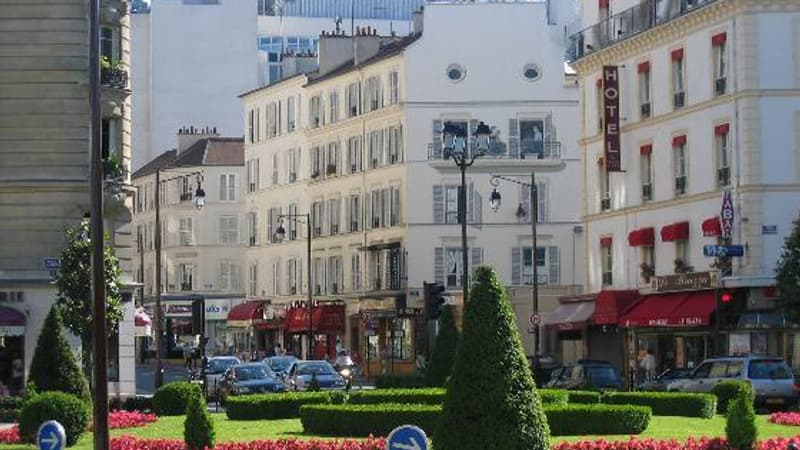On average, the French who belong to the richest 10% earn 3.4 times more than those who belong to the poorest 10%. This is the result of the latest INSEE study on the structure and distribution of income for the year 2020.
While the median income for a single person after taxes and social benefits amounted to 1,867 euros per month that year, the most modest were at a maximum of 993 euros and the richest at 3,327 euros as a minimum.
But this gap can be much greater in certain cities and departments, as detailed by the Observatory of Inequalities. Thus, on the scale of municipalities with more than 20,000 inhabitants, it is the town of Neuilly-sur-Seine (92) that presents the highest degree of inequality between these two income deciles.
While the median income in this town to the west of Paris is 3,798 euros per month, the richest 10% of Neuilleans earn a minimum of 9,798 euros compared to 1,248 euros for the poorest, a difference of 7, 9. It is followed by Paris with a difference of 6.2, Thionville (57) and Annemasse (74) with a difference of 5.3 or Boulogne-Billancourt (92) with 5.2.
On the contrary, in the most egalitarian municipalities, the income gap between these two extreme deciles does not exceed 3. This is the case of Beaupréau-en-Mauges in Maine-et-Loire, the most egalitarian in France for the distribution of income. The richest have a minimum of 2,630 euros compared to 1,178 euros for the most modest, for a median income of 1,768 euros. Therefore, the gap is only 2.2 between these two extremes.
But is equality an end in itself? Are the cities with the lowest level of inequality those with the highest average income (which divides the population into two equal parts)?
When we take the top 20 most egalitarian municipalities, the median income is 1,823 euros on average per month, slightly below the national average (1,867 euros). In unequal municipalities, this median income is higher, reaching an average of 2,470 euros in the first 20, 32% more than the national average.
In other words, it is in the municipalities where the average inhabitants are wealthier that the income gaps are generally greater.
Obviously there are exceptions such as Annemasse (74) which has a high inequality index (5.3) and a median income below the national average (1811 euros). Or even Saint-Denis de la Réunion, where the gap is very high (4.5) while the median income is very low (1481 euros). They are unequal cities and generally poor.
Poorer egalitarian municipalities in general
But there is also the opposite, such as La Chapelle-sur-Erdre in Loire-Atlantique, which has a small gap between the two deciles (2.8) and an upper median income of 2,275 euros. Or Vertou in the same department with a median income of 2,228 euros and a difference of 2.8%. In these municipalities equality is done from above. But they remain globally the exception.
As a general rule, in egalitarian municipalities it is not the poor who are more so than in other places, but the rich who are less so. In this top 20 of cities, only four have an income of the rich decile above the national average (Les Pennes-Mirabeau (13), Saint-Médard-en-Jalles (33), La Chapelle-sur-Erdre (44) and Vertou (44)). On the other hand, in the uneven top 20, everyone has a wealthy income decile above the national average.
This can be explained by the fact that wealthy households are attracted to dynamic cities and participate in local economic activity. On the contrary, egalitarian municipalities are less dynamic and offer fewer opportunities for enrichment.
What about the departments?
A trend that is also emerging at the national level at the departmental level. Those in Ile-de-France, Haute-Savoie, Ain, Rhône and Haut-Rhin are among the richest and among those with the largest gaps between the poorest and richest deciles.
By contrast, those in central France (Cantal, Corrèze, Haute-Loire, Saône-et-Loire, Indre, etc.) are equal but have lower average incomes that do not exceed 1,800 euros per month.
Once again, there are exceptions. Some departments are unequal from below, such as those to the west of the Gulf of Lion (Hérault at the head) or Seine-Saint-Denis in Ile-de-France, which has the lowest media income in France (1539 euros) and a very high difference of 3.8 between the extreme deciles.
By contrast, the western departments and especially the Bretons are generally better off than the national average with lower levels of inequality.
Source: BFM TV


